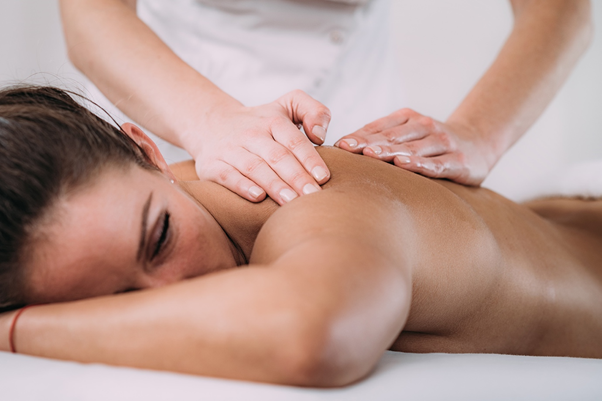Dry Needling
Dry Needling is a treatment technique whereby a sterile, single-use, fine needle (acupuncture needle) is inserted into the muscle to assist with decreasing pain and improving function through the release of myofascial trigger points (knots in the muscle).
How does Dry Needling Work?
When a fine filament needle is inserted into the center of a myofascial trigger point, blood pools around the needle triggering the contracted muscle fibers to relax by providing those fibers with fresh oxygen and nutrients, as well as by flushing away any additional acidic chemicals. This, in turn, leads to the decompression of the local blood and nerve supply.
What Will You Feel During Dry Needling Treatment?
A brief muscle twitch can also be experienced during a Dry Needling treatment. This may occur during treatment when the needle is inserted into a myofascial trigger point.
Where Does Dry Needling Fit Within Your Rehabilitation Program?
Is it Safe?
Can You Exercise After Dry Needling?
At Enrich Physio , most of our physiotherapists are qualified and skilled in Dry Needling and would be happy to discuss your treatment options.

Joint Mobilisation / Manipulation
When a joint is degenerate or inflamed it can become stiff and have restricted movement as a result. Joint mobilisation techniques aim to restore a normal range of pain-free joint movement by applying a gentle oscillatory force to the joint in question. Almost every restriction in movement can be regained by a direct joint mobilisation technique performed by an experienced musculoskeletal physiotherapist.
Manipulation is a more direct technique, which often produces a sharp ‘crack’, or ‘pop’ in a joint and is only performed by experienced Physiotherapists who have completed extensive post-graduate training in its application. It is effective in treating both spinal and peripheral joints, often in conjunction with some other form of physiotherapy treatment, for example, massage or an exercise program.
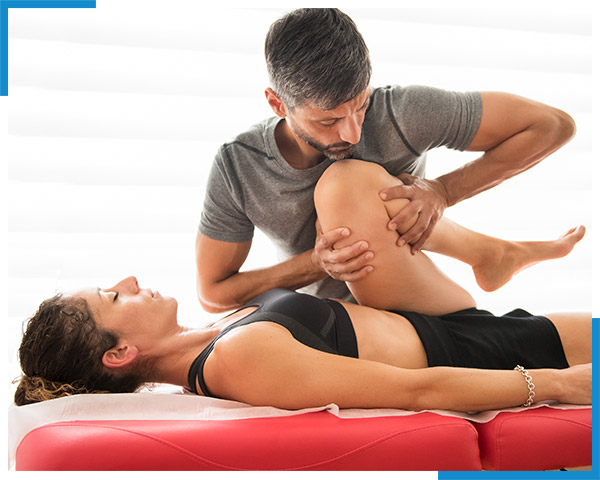
Real time Ultrasound
Real Time Ultrasound (RTUS) is a tool that is used to look at the muscles inside your body from the outside. We Use it as a diagnosing and retraining tool to help you get more insync with your body.
How does it work?
By having immediate visual feedback, RTUS can be used as a training tool to help you identify and strengthen muscles, leading to a better understanding of how to activate them.
The problem with retraining core and pelvic floor muscles is that the contraction is much more subtle than most people realise. We don’t tend to feel the muscles in the same way as we do the big movement muscles on the outside of the body, which means that learning to turn them on can be a bit vague and confusing and that it is very easy to cheat. Using real time ultrasound as feedback when learning these contractions removes this ambiguity, allowing you to correctly activate your muscles more quickly and get back to doing the things that you love pain free.
What conditions can RTUS help to treat?
RTUS helps health professionals to see how your muscles are functioning so they can diagnose and treat conditions such as:
- Acute or chronic lower back pain
- Poor posture
- Incontinence
- Spinal and abdominal post-surgical rehabilitation, including c-sections
- Abdominal pain
- Sciatica
- Women’s and Men’s Pelvic Health
- Pregnancy back pain
- Pelvic instability
- Hip pain
- Shoulder pain
- Knee pain
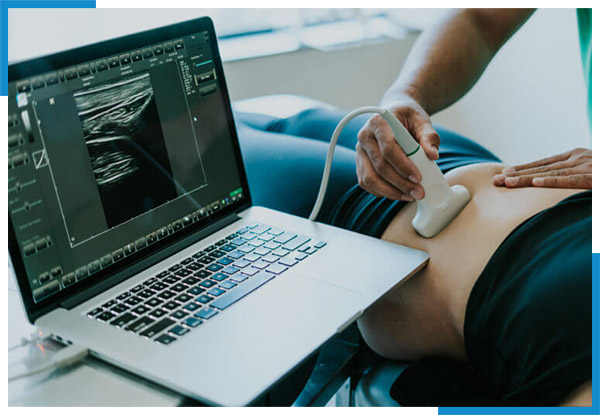
Shockwave Therapy
Extracorporeal shock wave therapy is an extremely effective treatment and to treat a range of issues that occur in various areas of the body. The ECSW allow us to achieve much quicker results when it comes to treating both acute & chronic injuries.
How does it work?
What are the conditions that are best treated with Shockwave?
What are the things to remember?
- Effective for most tendinopathy issues, whether acute or chronic
- Usually requires 3-5 sessions
- Positive effect can start as early as first session.
- It’s a non invasive treatment with no side effects
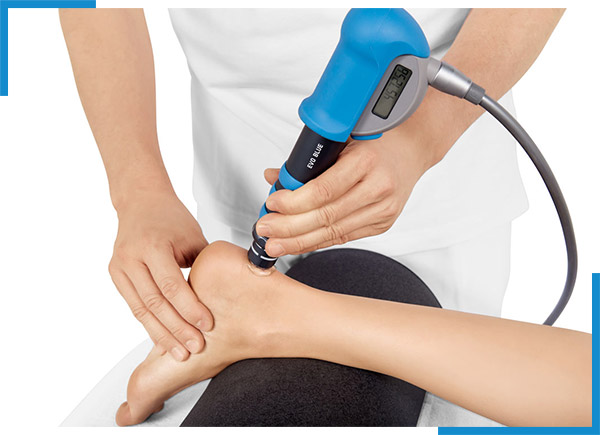
Taping
Strapping tape and Supportive taping is commonly used by physiotherapists to:
- Relieve your pain
- Improve joint stability
- Enhance athlete confidence
- Reduce injury recurrence
- Prevent injury
What is Rigid Strapping Tape?
Rigid Strapping Tape (Brown Tape) commonly used in taping or strapping is often referred to as “sports tape” or “athletic tape” and is most often a rigid style of strapping tape. It is used to stabilize or immobilize an area
What is Elastic Strapping Tape?
Elastic Strapping Tape can also be used when less rigidity or support is required.
What is Kinesiology Tape?
Kinesiology Tape (Various Colours) is an improved version of elastic sports tape that acts to dynamically assist your muscle function and performance.
What is the aim of Strapping Tape?
After your assessment, your physiotherapist will design your optimal taping to best meet your current needs, These can include:
- stabilise or support the injury
- pain-relief via a de-loading of the vulnerable or painful structures or to facilitate normal movement, muscles or postural patterns.
Please consult your physiotherapist for the best strapping for your injury needs. They are experts in ankle strapping, knee strapping, shoulder strapping, wrist strapping, hamstring strapping and more.
We are more than happy to be contact by individuals and sports team for package strapping service.
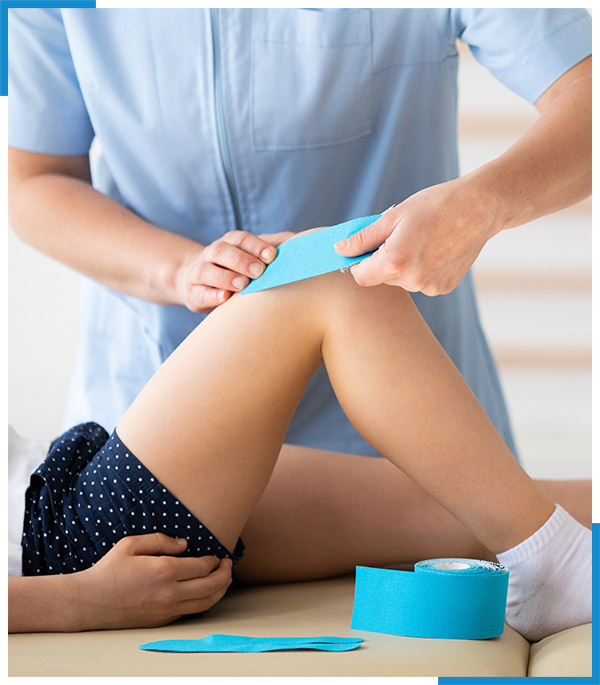
Women’s Health & Continence Physiotherapy
What are the factors?
Did you know that 1 in 3 Australian women who have had babies have problems with continence. Your pelvic floor muscles form a very important part of the support network for your pelvis and lower back as well as working to help maintain good control of your bladder and bowel function.
Unfortunately up to 25 % of women actually strain and push their pelvic floor muscles instead of contracting them, and 30% of women have difficulty or can’t contract their pelvic floor muscles effectively.
We Use Real – Time Ultrasound to diagnose and retrain you to use the correct muscle in a relax and effective way.
Do you have any of these symptoms?
- Back and Pelvic Pain
- Difficulty lifting or going up and down steps
- Pain at night or poor sleeping
- Menopause pain, discomfort and difficulty with continence
- Incontinence
Your first consultation will be approximately 1 hour to do a full assessment and get your program started. Current research shows correct pelvic floor exercises can help reduce labour time, improve healing post-delivery, prevent incontinence and improve function.

Message Therapy
RELIEVE TENSION, REDUCE STRESS, RECOVER SOONER
Massage therapy is a hands on treatment to soft tissue, restoring function, relieving pain, decreasing muscle tension and/or spasm to improve physical or athletic performance and promoting healing.
What is Remedial Massage ?
What is Sports Massage ?
Sports massage can work for anyone who is active, from a recreational athlete to an elite athlete. By targeting your most troublesome body parts, sports massage helps to improve performance, increase range and quality of movement, and prevent injury.
Sports massage can be used effectively to treat conditions such as tendonitis, strains, sprains, and muscle/fascial adhesions. Sports massage can also be used in conjunction with training schedules and conditioning programs to enhance performance, aid in recovery from competition and reduce the risk of injuries occurring.
Can I have massage when Injured or Having Physio Treatment?
Our massage therapists are fully qualified and are expert in identifying and diagnosing your injury and treatments are tailored accordingly. They work alongside our physios to speed up your post-injury recovery.
Can I avail Health Fund rebates?
Yes all our Massage therapists are registered with all the leading private health funds and on most occasion you can avail your rebates on the spot with our HICAPS machine.
Book Now with our Massage Therapist
